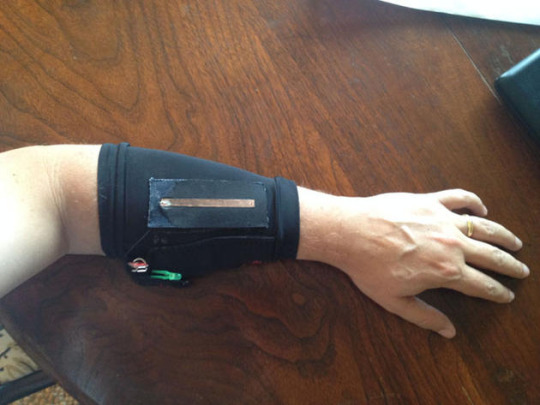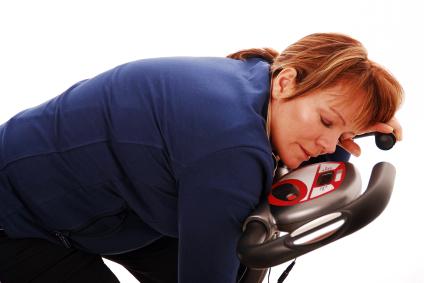
By Veronica Penney
Boulder, Colo. is home to an ever-growing number of competitive endurance athletes. Add in the local tech community and the academic research programs at the University of Colorado campus, and Boulder becomes a natural fit for cutting-edge companies finding new ways to measure and improve sports performance.
One of the newcomers to scene is Stryd, the company that developed the first power meter for running. Just like cycling power meters, Stryd’s new meter records power in watts and syncs with sports watches and mobile devices, giving users real-time data on their workouts.
Image: Stryd.
Runners have looked to tools like heart rate, pace and rate of perceived exertion monitors for years, but these measurements aren’t always entirely accurate. Factors ranging from hilly terrain and nutrition changes, to lack of sleep and the runner’s emotional state during a workout, can affect the data.
Power, on the other hand, correlates directly to effort, providing an objective measure of overall performance.
Before the power meter came to life, Robert Dick, Ph.D. and Stryd CEO, was developing wearable devices to measure performance in an academic context.
“We started taking some of our ideas and trying out prototypes with runners and one thing people kept asking for was power,” explains Dick.
“Power has been a very useful tool for cyclists for many years. It’s made world records fall and it’s the gold standard for training in cycling.”
Dick continues to explain, saying, “Some of the runners who were also triathletes or cyclists started asking us, ‘Some of these things that you’re measuring are interesting, but can you give us power?’”
Image: Stryd.
Measuring the body’s energy output can be tricky, but Dick and his team found the way to measure it in a compact, energy-efficient and wearable platform.
The Stryd power meter is small — about the size of a box of matches — and simply clips onto the back of the user’s waistband. Enter your weight once into a smartphone app and you’re off and running. Stryd can be used with Garmin, Suunto, Polar and Bluetooth Smart devices.
Stryd works by using inertial measurement units, including accelerometers, motion sensors and environmental sensors to determine things like the incline of the terrain. “It measures the three-dimensional motion patterns of your body’s center of mass, thousands of times per second,” Dick says.
“From that, if it knows how heavy you are, it can figure out the total power your muscles are generating to move you that way.”
The company has capitalized on input from world-class athletes, like Ironman World Champion Craig Alexander, alongside other local pros, during the development process.
“Training with power has been the key to my cycling success. To have that in running is a total game changer,” says Mary Beth Ellis, eight-time Ironman world champion.
In addition to the benefits of training with power, Stryd also offers valuable insights into running form and efficiency for athletes of any level. “Some athletes are most interested in the form and economy feedback that they can get by seeing whether form changes reduce the power required to stay at the same pace,” explains Dick.
For more information on the company and to find videos, resources and the latest on the Stryd power meters, head to the Stryd website.




